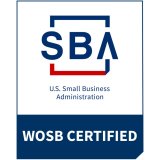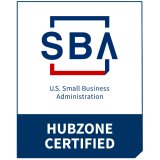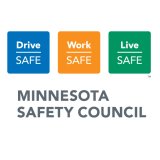Does OSHA require hearing protection de-rating (cut the Noise Reduction Rating (NRR) in half)?
It is a common misconception that OSHA requires employers to "de-rate" NRRs by 50% when assessing adequacy of the hearing protector for the worker's noise exposure. Instead, OSHA only requires applying a 50% "safety factor" when considering whether engineering controls are to be implemented. For determining compliance with basic hearing conservation program requirements, however, OSHA does not require de-rating the NRR (or NRR - 7 when the company uses A-scale noise measurements).
The background is that de-rating schemes were developed decades ago and generally are no longer deemed helpful. Instead, individual hearing protection fit testing is now considered best practice for verifying real world performance.
For more information, see the explanation provided in the OSHA Technical Manual Section III: Chapter 5, Appendix F: Noise Reduction Rating
Read more in our SoundBytes articles:
- How do CavCom's high-fidelity filters work and how are they different from traditional filters and vents?
- How often should custom earplugs or earsets be replaced?
- What is NRR or Noise Reduction Rating?
- What is the Personal Attenuation Rating (PAR)?
- Why do OSHA formulas require us to subtract 7 dB from the Noise Reduction Rating (NRR)?





